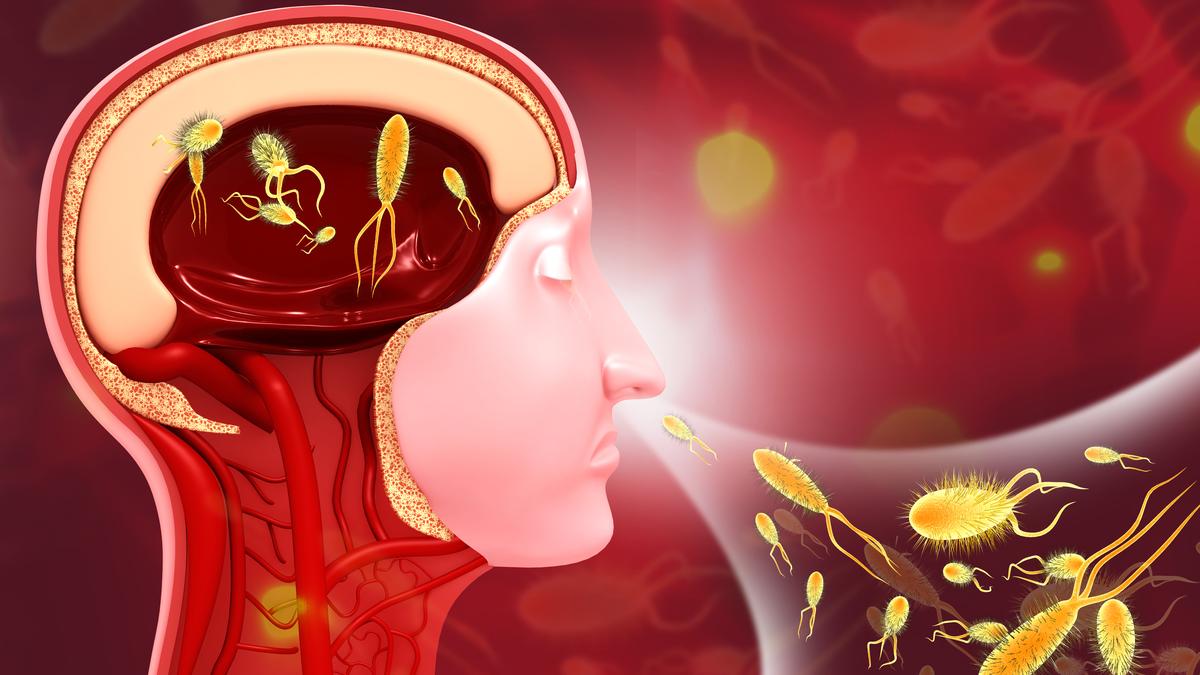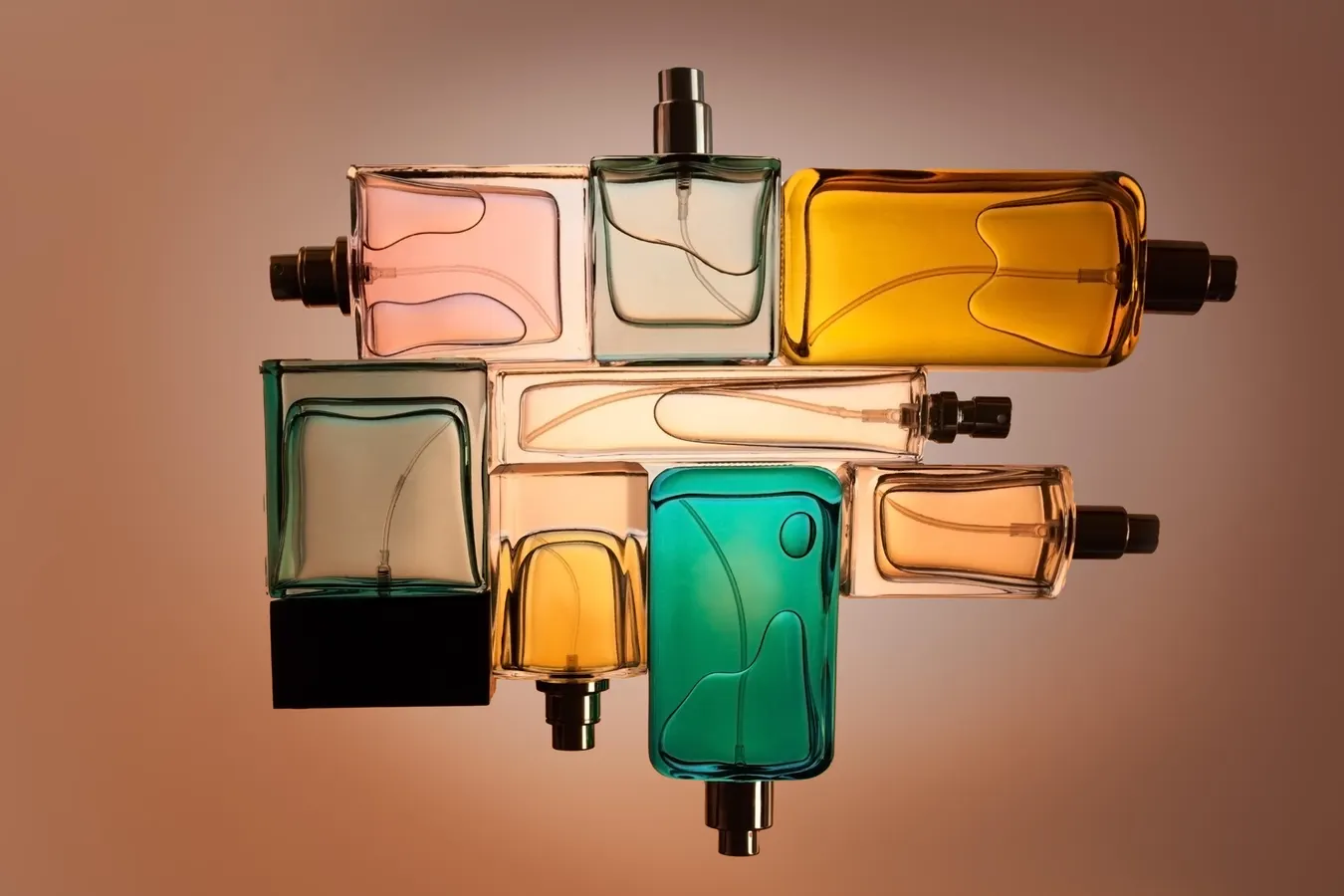By The Hindu Bureau
Copyright thehindu

Amoebic encephalitis is a rare yet potentially fatal infection of the central nervous system caused by free-living amoebae commonly found in freshwater environments like lakes and rivers. As many as 19 deaths and about 70 cases of amoebic meningoencephalitis have been reported this year alone in Kerala, even as several continue to be in treatment as of September 17, 2025.
Also read | Amoebic meningoencephalitis: Kerala Health dept. moots collaborative study with ICMR-NIE
Here are ten things to know about amoebic meningoencephalitis:
1. There are two types of amoebic encephalitis, namely primary amoebic meningoencephalitis (PAM) and granulomatous amoebic encephalitis (GAE).
2. Primary amoebic meningoencephalitis or PAM is caused by Naegleria fowleri, an amoeba that thrives in warm freshwater lakes, ponds, and rivers. It can also survive in poorly maintained swimming pools in rare cases.
3. As it can infect the brain and destroy the tissues there, this one-celled organism is also called ‘brain-eating amoeba’. These infections, though rare, are fatal, and 97% of the patients don’t survive.
4. The amoeba enters the body through the nose and reaches the brain. It destroys brain tissues and causes swelling. In recent cases, children have been found to be more vulnerable to it. The infection does not spread from person to person. Swallowing water containing the amoeba does not lead to it either.
Also read: In Focus podcast | Why is Kerala seeing a spike in brain-eating amoeba infections?
5. PAM is rare and usually occurs in otherwise healthy children, teens, and young adults, and has a high fatality rate because of rapid onset and delayed diagnosis.
6. The initial symptoms of PAM are indistinguishable from bacterial meningitis, while the symptoms of GAE can mimic a brain abscess, encephalitis, or meningitis. Both PAM and GAE can be fatal, with only a few reported survivors.The Kerala government now has a protocol in place for treatment and is attempting to diagnose and treat early.
7. Patients typically have a history of swimming, diving, bathing, or playing in warm, generally stagnant, freshwater during the previous one to nine days. Some cases have been reported with no such known history, however.
8. The deadly Naegleria species are ubiquitous in soil and fresh or brackish water (lakes, rivers, ponds). In general, they are sensitive to environmental conditions such as aridity and pH extremes and cannot survive in seawater.
9. The infection can be diagnosed through PCR tests of the cerebrospinal fluid. However, as PAM is a rare condition, detection can sometimes be hard.
10. Holding the nose or wearing a nose clip while jumping or diving into fresh water are some of the steps suggested to avoid the infection. The head should be kept high while entering warm water. Steer clear of digging in shallow waters, say experts. Distilled or boiled water should be used for clearing nasal passages. Chlorination and regular cleaning of wells, tanks and swimming pools is also being recommended.



